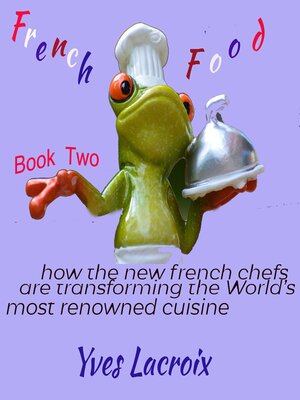French Food
audiobook (Unabridged) ∣ how the new french chefs are transforming the World's most renowned cuisine · French Food
By Yves LaCroix

Sign up to save your library
With an OverDrive account, you can save your favorite libraries for at-a-glance information about availability. Find out more about OverDrive accounts.
Find this title in Libby, the library reading app by OverDrive.



Search for a digital library with this title
Title found at these libraries:
| Library Name | Distance |
|---|---|
| Loading... |
French cuisine, renowned globally for its finesse and flavor, has undergone significant transformations from its traditional roots to the modern culinary landscape we know today. This evolution is marked by changes in techniques, ingredients, presentation, and cultural influences, reflecting broader social and historical shifts.
Traditional French cuisine, often referred to as Classical French cuisine, dates back to the Middle Ages and was heavily influenced by regional ingredients and cooking methods
Each region of France has its own distinct culinary traditions. For instance, Provence is known for its use of olive oil, herbs, and tomatoes, while Normandy favors cream, apples, and butter.
Traditional dishes like **Coq au Vin** (chicken in wine) and **Boeuf Bourguignon** (beef stew) are rich and hearty, often cooked slowly to enhance flavors.
A hallmark of traditional French cuisine is the use of elaborate sauces. The "mother sauces," such as Béchamel, Velouté, and Espagnole, form the basis of many dishes.
Bread, particularly baguettes, and a wide variety of cheeses are staples of the French diet, reflecting the country's rich agricultural heritage.







